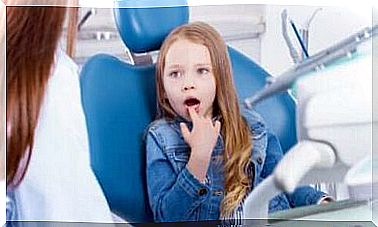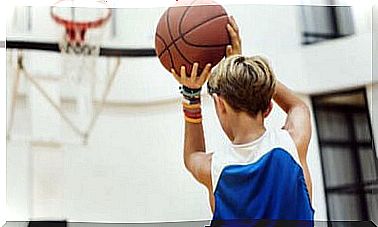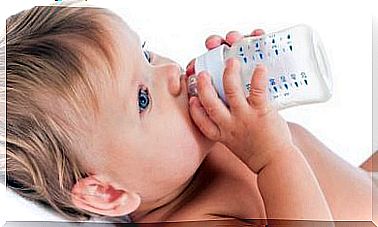How To Make Your Home Child-safe

A whole new world opens up for a child when he starts crawling at the age of a few months and later walks. Everything new and wonderful is of interest to the child, and unfortunately such things also include potentially dangerous places and things like sockets, battery items and heavy furniture. By making your home child-safe, you will feel calmer and safer by the time your baby has grown to the point where he or she begins to explore his or her environment independently.
A safe home for independence
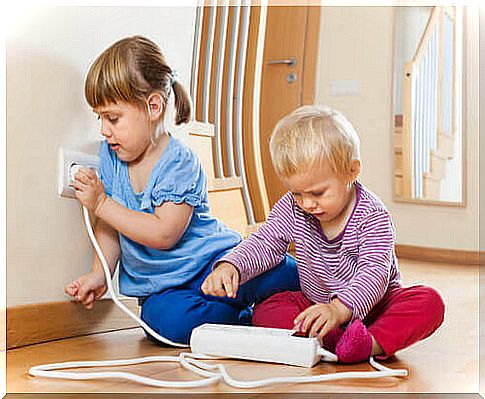
Parents should start thinking about the safety of their home even when their baby is small. It doesn’t take long for a child to already crawl and start exploring the home independently.
- Cover sockets and sharp corners. Cover the sharp corners of tables and other furniture and put covers in the sockets.
- Take care of the wires. Avoid leaving corded devices within reach of the baby, including the baby monitor. Remember that any wired object can be dangerous to a child.
- Carefully fasten heavy and large furniture in place. At the latest when the child begins to learn to stand, he begins to take support from the objects and furniture around him. It is therefore important that all objects that are in danger of falling or falling are attached to a wall or lifted out of the reach of a child.
This is how you make your home child-safe
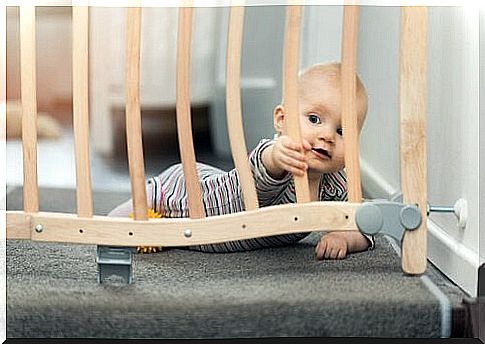
- Prevent children from entering potentially dangerous areas. These can include a garage, basement and kitchen. Cabinets that store cleaning products, paints, heavy tools, chemicals, or other things that are dangerous to a child must be locked.
- Teach your child to walk safely. When your child is ready to take his or her first steps, teach him or her to walk safely at home, including the stairs. Remove carpets and other objects from your home that your child may trip over.
- Install a security gate on the stairs. If your home has stairs, install a security gate at both ends. If there is a door in front of the stairs, keep it locked.
Other tips for a child safe home
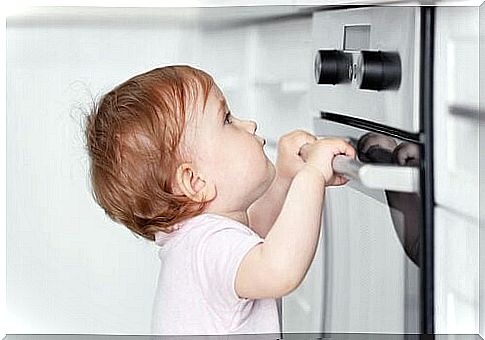
- Prevent children from accessing the windows. To prevent children from getting near them, do not place any chairs or furniture right in front of the windows. If necessary, you can install simple mechanisms in the windows to prevent a small child from opening them by themselves. Balconies should have a high guardrail, the distances between the railings of which are narrow enough to prevent the child from falling between them.
- Keep your knitting tools and tool boxes out of the reach of children.
- Be extremely careful with plastic bags. Young children may suffocate by putting their heads inside them.
- Keep batteries, cigarette lighters or matches out of the reach of children. In addition, keep all small objects, such as coins and buttons, out of the reach of small children, as there is a risk of suffocation if the child decides to put a small object in his mouth.
- All medicines and medications must be kept out of the reach of children. They should be kept in a locked closet.
- Do not take medicines for your child. This is based on the need for children to imitate what adults do. When they see their parents put a pill in their mouth, it can entice the child to do the same. For the same reason, it is not encouraging to trick a child, for example, into thinking the medicine is candy when it is necessary for the child to take the medicine himself.
- Do not leave the child unattended when the stove is on. It is recommended to keep the oven at a higher level, if possible, out of the reach of children. However, if this is not possible in your kitchen, instruct your child to stay away from the oven and not to touch its buttons.
- Place non-slip mats under the carpets. This will prevent your child from falling and slipping as he or she examines your home and takes his or her first steps.
- Make sure the toys are appropriate for the age of the child and that a child that is too small will not play with toys with small loose parts that could pose a choking hazard.




